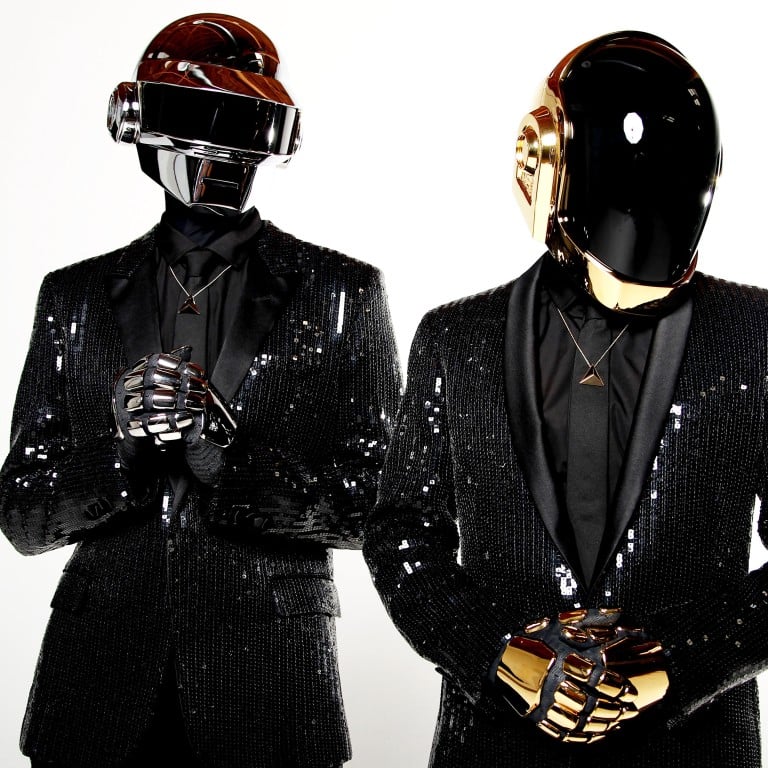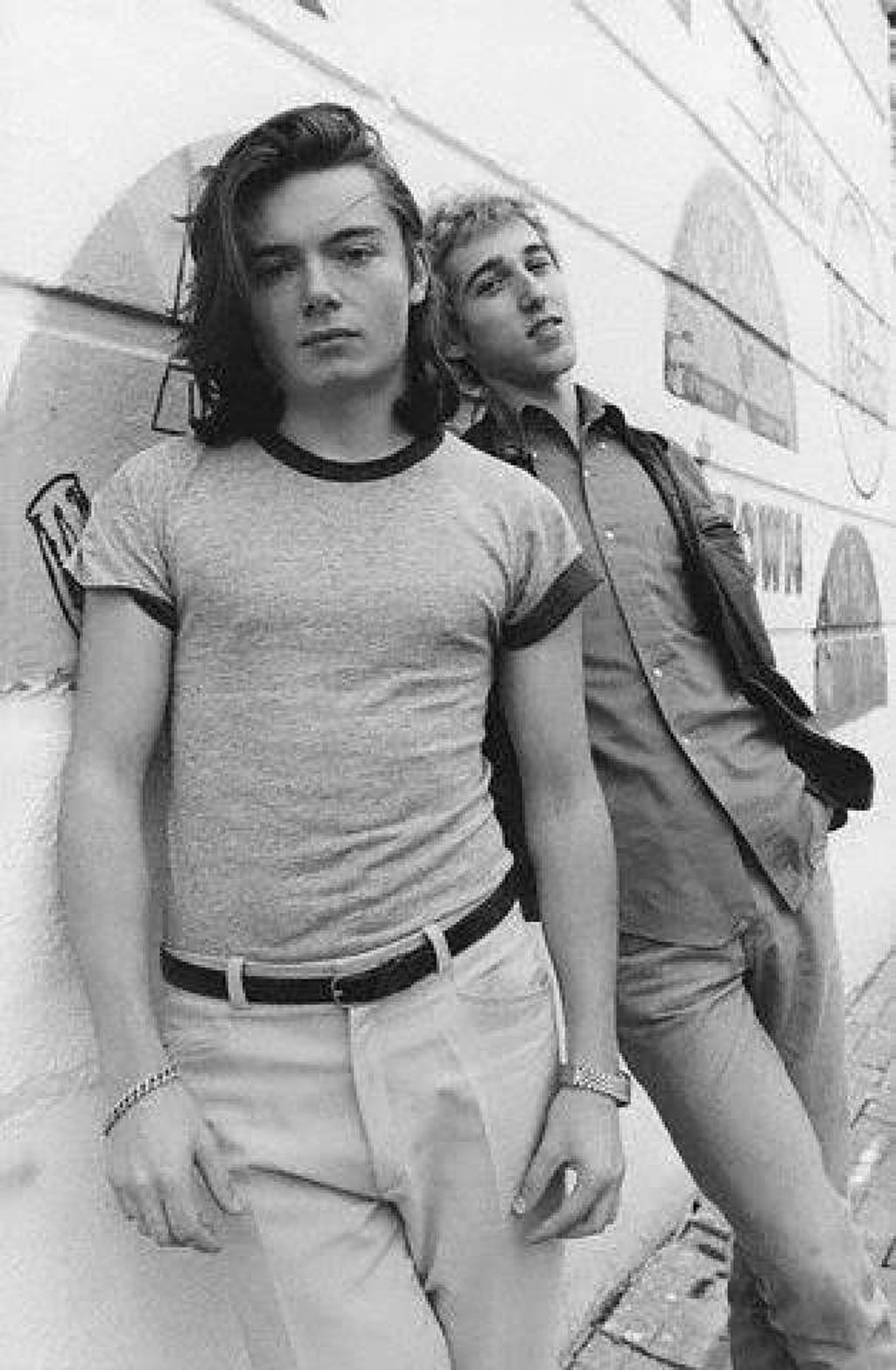Daft Punk’s fashion legacy: how the duo’s robot helmets used anonymity, style and technology to achieve global stardom on their own terms

- When Daft Punk announced their break up last month, it sparked an outpouring of nostalgic tributes not just for their music, but their visual aesthetic
- From their sharp, Hedi Slimane-styled YSL tuxedos to their robot helmets, the duo created their iconic look in a bid for anonymity – and to make a point
Today, the world knows Daft Punk as a pair of sharply dressed, shiny-helmeted robots – and as purveyors of chart-dominating modern-day disco music. But the recently defunct duo, who suddenly announced their split after 28 years, hasn’t always presented such a (literally) polished appearance.
When this writer first saw Daft Punk perform, DJing in 1998 at an outdoor festival in the bush near Sydney, Thomas Bangalter and Guy-Manuel de Homem-Christo were still very recognisably human: average guys in nondescript T-shirts, jeans and trainers, their faces hidden by cheap novelty store masks.

Minus the masks, they looked much the same when. Five years later, I found myself seated across from Daft Punk in the Paris office of their record label. I’d been fortunate enough to secure a face-to-face interview with the publicity-shy pair, who’ve only spoken with the press on a handful of occasions.
At the time, Guy-Manuel and Thomas were in the process of promoting an animated feature film they’d made in collaboration with manga legend Leiji Matsumoto – Interstellar 555: The 5tory of the 5ecret 5tar 5ystem, an interconnected series of video clips for Daft Punk’s 2001 album, “Discovery”. The movie tells the tale of a group of aliens who are kidnapped, brainwashed, dressed up and given a makeover, then forced to serve an evil Svengali as a pop band on Planet Earth. They’re prisoners of their fame, essentially.

It was this fate that Daft Punk sought to avoid, first by donning masks and then, by creating their robot alter egos in 1999. Perhaps predicting that the presence of several catchier-than-coronavirus tracks on the “Discovery” album would transform the French duo from darlings of the underground to bona fide pop stars, they built shiny new identities that could serve as the public image of Daft Punk, while the pair maintained their anonymity.
In 2003, the year I interviewed Daft Punk, Simon Fuller and Simon Cowell’s reality TV pop star-manufacturing machine was the biggest thing on television and in the charts. Thomas and Guy-Manuel told me they were horrified by this new “religion of fake”.
“People are proud to be transformed, proud to be taken and manipulated,” Bangalter said. He was aghast at “the supremacy of the star system, the manipulation of art, people just wanting to be picked by the television system and be made into stars, and in a very passive way – they don’t want to act, to change things, they just want to be changed.”
